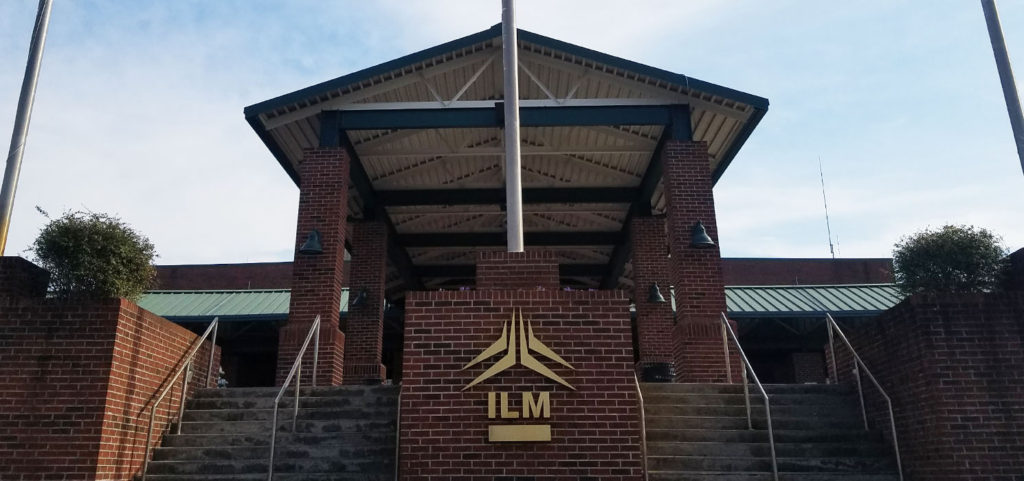Wilmington International Airport – History

When Julie Wilsey said ‘it was a marathon not a sprint’ during her keynote address on the growth of Wilmington International Airport last year, you could not but be perplexed. From a small airstrip a century ago, WIA – or ILM as it is popularly referred to on IATA codes – is now North Carolina’s 4th largest airport in terms of customer numbers.

But it all started in the 1920s when resident opinion shapers in the flight industry got fed up of the small airstrip that existed then and demanded the county build a landing field. Among them was Warren Pennington, a renowned flight enthusiast and the first pilot to fly there in 1927 when he flew his 15-year-old girlfriend Anna Feenstra. He gifted his girlfriend with a flying certificate a year later and the love story culminated in them tying the knot. At the same time in 1927, the airport would be named Bluethenthal Field as a tribute to Arthur Bluethenthal, the American footballer who later became a bomber pilot for France in WWI only to die while in combat and who hailed from here.
You can get all the facts about this fallen hero of Wilmington by reading this article from North Carolina Department of Natural and Cultural Resources.
Coastal Plains Airways made its base in 1929 and it started flying from there. At the height of the WWI, that is between 1941 and 1945 the US Air Force had its operations and command center here from where they carried major attacks. When the guns went silent, the airport was handed to the Hanover County Management. Piedmont Airlines which was later acquired by US Airlines could be next to cease the opportunity of a new upcoming airline market and started its commercial flights soon after in 1948. This could see it upscale its operations to 3 daily flights after the business community pressurized to have the carrier drop passengers to major destinations like New York City. What started in 1948 for this airline has become one of its major routes till this day.
In 1950 the new management changed its name from Bluethenthal Field to New Hanover County Airport and gave it a facelift. This could enable big passenger carriers to fly there which started shifting the airport’s economic significance.

In the late 1980s, after the ratification of various legislations, an independent autonomous body to run the airport was established. This autonomous body, to be known as New Hanover County Airport Authority, was given the mandate to manage the airport. The management then transferred to this body after signing a lease in 1989. Progressive improvements like the construction of an 88,000 square-foot terminal revamped the business, and it was only better to make other few changes in readiness for new business opportunities. The airport was able to comply with other international standards and to reflect its newlyacquired status, the word ‘international’ was inscribed to its name, thereby becoming New Hanover County International Airport.
That name was to last until 1997 when the Airport Authority adopted the new name Wilmington International Airport. The naming was to align the airport with the growth strategy, and adopt a name that connects with its hometown of Wilmington where the community had been in the front line to champion for its growth.
There have been many developments of late with other airlines starting to land there. In 2011 for example, American Eagle started flights between Chicago O’ Hare International Airport and ILM, while US Airlines started flights from ILM to Ronald Reagan Washington National Airport.
The airport has been on a growth trajectory due to its connections to many other cities within America and beyond. From here you are able to connect to the west coast, Central America, and Asia among other places.
